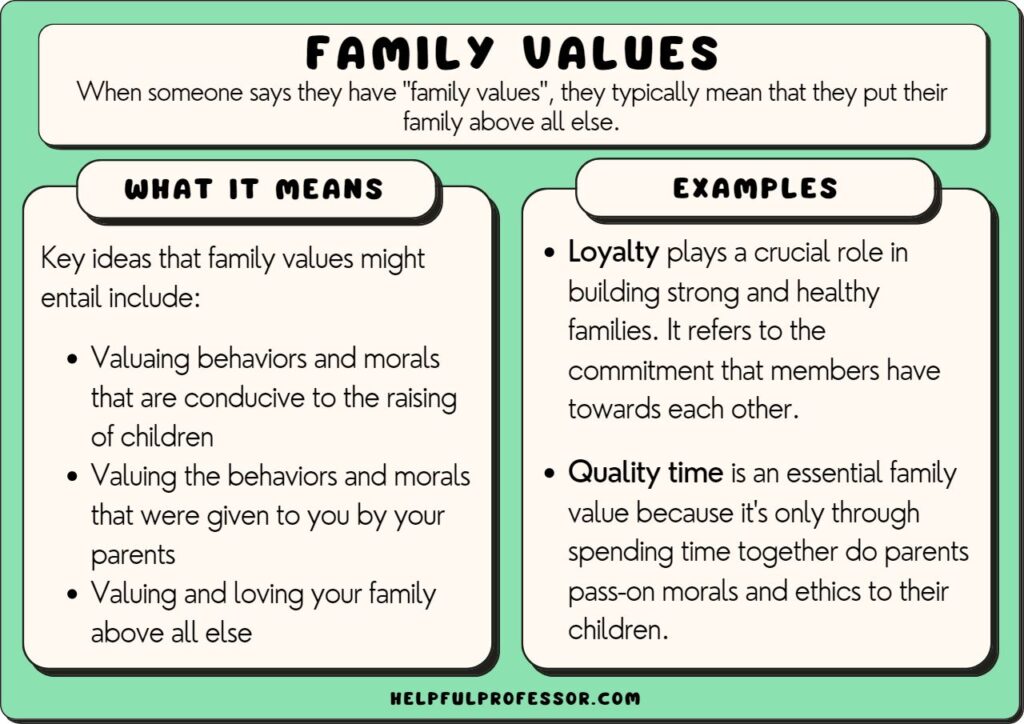Understanding the Benefits of a Loan Agreement Between Family Members
When family members decide to lend money to one another, it can often lead to misunderstandings and conflicts if not handled properly. To prevent any potent……
When family members decide to lend money to one another, it can often lead to misunderstandings and conflicts if not handled properly. To prevent any potential issues, it's essential to have a clear and concise loan agreement between family members. This document not only protects both parties but also helps maintain family harmony. Here, we will delve into the various aspects of a loan agreement between family members, including its importance, key components, and tips for creating an effective agreement.
#### Why a Loan Agreement is Important
A loan agreement between family members serves as a formal record of the transaction. While it may seem unnecessary to put things in writing when dealing with family, having a documented agreement can prevent misunderstandings about the loan terms, repayment schedule, and interest rates. It clarifies expectations and provides a reference point if any disputes arise in the future.
Moreover, a written agreement can also help in tax situations. For example, if the loan amount exceeds a certain threshold, it could be subject to gift tax regulations. A formal loan agreement between family members can outline the terms clearly, ensuring compliance with tax laws and avoiding any potential legal issues.
#### Key Components of a Loan Agreement
When drafting a loan agreement between family members, there are several critical components to include:

1. **Parties Involved**: Clearly state the names and addresses of both the lender and the borrower. This ensures that both parties are identifiable in the agreement.
2. **Loan Amount**: Specify the exact amount being lent. This avoids any confusion about how much money is involved.
3. **Interest Rate**: If applicable, state the interest rate. It’s important to note that the IRS has minimum interest rates (Applicable Federal Rates) that must be adhered to, even for family loans.
4. **Repayment Terms**: Outline the repayment schedule, including the frequency of payments (monthly, quarterly, etc.) and the due date for each payment. This section should also detail what happens in the event of a missed payment.
5. **Purpose of the Loan**: While not always necessary, stating the purpose of the loan can add clarity and context to the agreement.

6. **Signatures**: Both parties should sign and date the agreement to make it legally binding. Consider having a witness or notary public present during the signing.
#### Tips for Creating an Effective Loan Agreement
1. **Be Clear and Concise**: Use straightforward language that both parties understand. Avoid legal jargon that could lead to confusion.
2. **Discuss Expectations Openly**: Before drafting the agreement, have an open conversation about expectations, concerns, and responsibilities. This dialogue can help prevent misunderstandings later.
3. **Consider Professional Help**: If the loan amount is significant or if either party has concerns about the agreement, consulting a legal professional can be beneficial.

4. **Keep Records**: After the agreement is signed, both parties should keep a copy for their records. Document all payments made and received to maintain transparency.
5. **Review Periodically**: If circumstances change, such as financial situations or repayment capabilities, revisit the agreement to make necessary adjustments.
In conclusion, a loan agreement between family members is a vital tool for ensuring that financial transactions within the family are handled smoothly and respectfully. By taking the time to draft a clear and comprehensive agreement, family members can protect their relationships and avoid potential conflicts. Remember, open communication and mutual understanding are key to a successful lending experience.